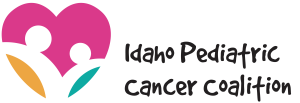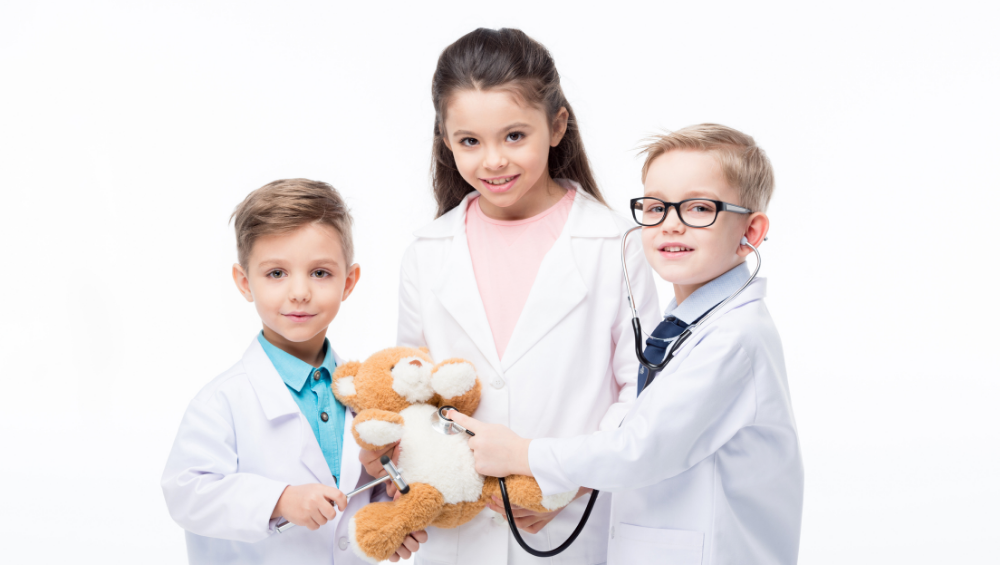Children’s pediatric cancer is the number one disease related cause of death for children in the United States. Two-thirds of survivors will live the rest of their lives with at least one chronic health conditions (secondary cancer, psycho-social impact, infertility, heart damage, impaired cognitive ability, lung damage, and/or chronic hepatitis).
Here are the most common types of childhood cancer and their *most common* symptoms:
Osteosarcoma – bone cancer
Symptoms can be fever, fatigue, weight loss, anemia, pain in a bone, interference with normal movements, weak bones leading to fractures, and/or stiffness, swelling or tenderness around a bone or joint.
Brain cancer or DIPG – brain stem tumors
Symptoms can be seizure not related to a fever, changes in personality, irritability, listlessness, walking problems, balance issues, progressive weakness, clumsiness, persistent vomiting with no known cause, headaches that wake child up at night, staring, repeated automatic movements, nausea, pain in the back, precocious puberty, and/or vision problems.
Symptoms can be pain in the back, pain spreading from the back to the arms and legs, change in bowel movements, difficulty walking, trouble urinating and/or delay in reaching growth and development (ie. Milestones like sitting, walking, talking, etc..)
Ewing’s Sarcoma – soft tissue cancer
Bone pain, unexplained fever, swelling or tenderness, unexplained tiredness, and/or weight loss
Leukemia– blood cancer
Symptoms can be lethargy, weakness, paleness, dizziness, bleeding gums, repeated and frequent infections, beck pain, leg pain, joint pain, fever lasting for days with or without an infection, loss of appetite, weight loss, headache, trouble standing or walking, swollen lymph nodes, bloated or tender stomach, and/or painless lumps in the neck, underarm, groin, or eyes.
Hepatoblastoma – liver cancer
Symptoms can be fever lasting several days with or without infection, weight loss, loss of appetite, abdominal pain, pain on right side of middle of abdomen, diarrhea, abdominal lumps, general itching, and/or irritability and listlessness.
Retinoblastoma – eye cancer
Symptoms can be whitish color behind the pupil, eye movement problems, crossed eyes and/or persistent red irritation of the eyes
Symptoms can be headaches, nausea and vomiting, crossed eyes and/or blurred vision, balance problems, behavioral changes, drowsiness, potentially leading to coma, loss of appetite, irritability, developmental delays or a decline in intellectual and/or physical abilities, and an increase in head size, especially if accompanied by unusual cranial bulging.
Wilms Tumor – kidney tumor
Symptoms can be abnormal urine color, blood in the urine, high blood pressure, constipation, nausea and vomiting, night sweats and or unexplained fevers.
Neuroblastoma – nerve cancer
Symptoms can be enlarged belly, weight loss, drooping eyelid, small looking pupil in one eye, not eating, complaining about feeling full, painless lump in the abdomen or neck, swelling in the legs, face, neck and/or upper chest, bulging eyes, bruising around the eyes, issues urinating, issues with bowel movements, bluish lumps or bumps on the skin, trouble breathing or swallowing and/or issues with being able to feel or move body parts.
Symptoms can be swollen lymph nodes in the neck, armpit or groin, sweating at night, unexplained fever, swelling of the face, unexplained weight loss, abdominal swelling or pain, difficulty swallowing, shortness of breath, high pitched breathing, occasional cough and/or weakness and tiredness.
Here at MVPCC, we are grateful for and continually learning from the nation’s oldest and current leader non-profit leader in childhood cancer education, help and advocacy. The American Childhood Cancer Organization is an incredible resource for families looking for further and more specific information regarding childhood cancer types, childhood cancer survival rates, accurate statistics of how many children are diagnosed with cancer each year and more.

